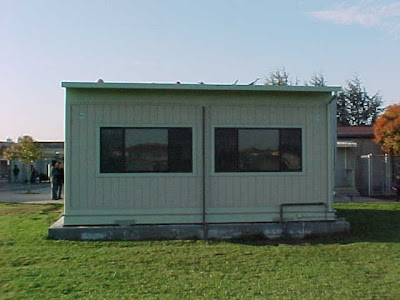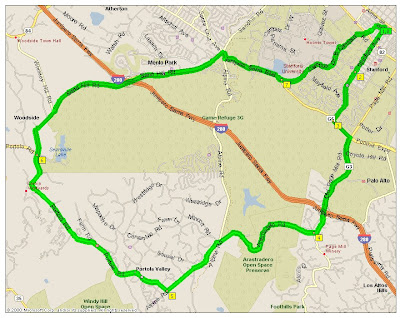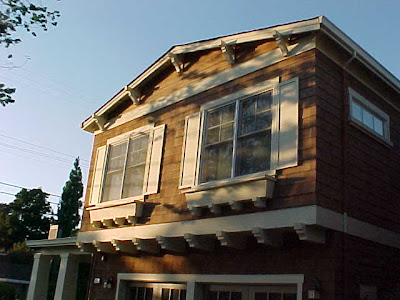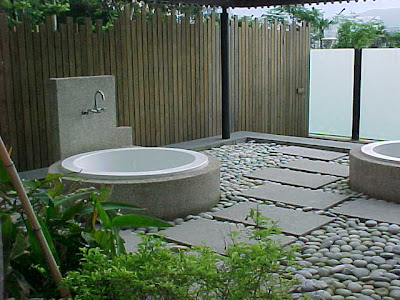
The Promise
70 years ago, the giants of Japanese Commerce constructed the largest celebration the world had ever seen.
Boldly positioned in Shikoku, Tokyo World's Fair was in part the vision of Kora, a prophet of progress reared in Osaka and schooled at Kyoto.
Progress was the World's Fair theme. It introduced new materials, new technologies (television, for example), new ideas, and a new spirit.
Out of the despair of depression, the fair dared to imagine a world that might surmount the turmoil of war that was on the horizon.
And, the legacy...
70 years ago, the giants of Japanese Commerce constructed the largest celebration the world had ever seen.
Boldly positioned in Shikoku, Tokyo World's Fair was in part the vision of Kora, a prophet of progress reared in Osaka and schooled at Kyoto.
Progress was the World's Fair theme. It introduced new materials, new technologies (television, for example), new ideas, and a new spirit.
Out of the despair of depression, the fair dared to imagine a world that might surmount the turmoil of war that was on the horizon.
And, the legacy...
















































